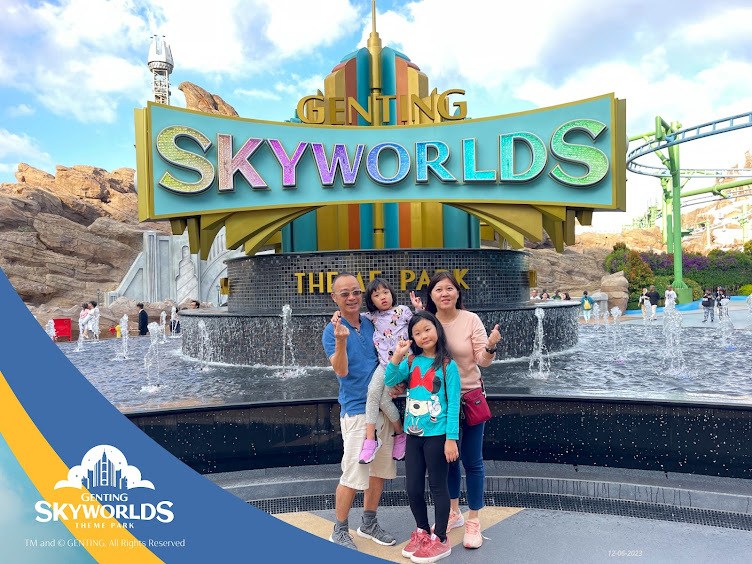The time it takes to learn how to swim varies greatly depending on several factors, including individual abilities, comfort in the water, previous experience, and the level of proficiency one aims to achieve. Here are some general considerations:
1. **Comfort in the Water**: Some individuals may feel comfortable in the water from the start, while others may have fear or anxiety about being in the water. Overcoming fear and becoming comfortable in the water is an essential first step in learning to swim.
2. **Age**: Age can play a role in learning to swim. Children often learn more quickly due to their adaptability and lack of fear, whereas adults may take longer to overcome any apprehensions and develop new skills.
3. **Frequency and Consistency**: Regular practice is key to learning any new skill, including swimming. Consistent practice, preferably with qualified instructors, can help reinforce proper techniques and build confidence in the water.
4. **Instruction**: The quality of instruction can significantly impact learning time. Working with experienced swimming instructors who provide personalized feedback and guidance can accelerate the learning process.
5. **Goals**: The time it takes to learn to swim can vary depending on one's goals. For example, someone who wants to learn basic water safety and survival skills may achieve proficiency more quickly than someone training for competitive swimming or advanced strokes.
6. **Physical Fitness and Coordination**: Physical fitness and coordination can affect how quickly someone learns to swim. Stronger swimmers with good coordination may progress more rapidly than those who need to develop these skills.
Generally, individuals can expect to learn basic swimming skills, such as floating, kicking, and basic strokes (e.g., freestyle, backstroke) within several weeks to a few months with consistent practice and instruction. However, achieving advanced swimming skills or mastering specific strokes may take longer, potentially several months to years of dedicated practice.
Singapore has several swimming complexes located across the island. These complexes offer various facilities such as lap pools, training pools, leisure pools, and water play areas. The cost is also quite affordable at $1.30 for an adult and $0.60 for a children during the weekend. Here is a list of some of the swimming complexes in Singapore and their locations:
1. **Singapore Sports Hub**: 1 Stadium Drive, Singapore 397629
2. **Jurong West Swimming Complex**: 20 Jurong West Street 93, Singapore 648965
3. **Jurong East Swimming Complex**: 21 Jurong East Street 31, Singapore 609517
4. **Yishun Swimming Complex**: 351 Yishun Avenue 3, Singapore 769675
5. **Woodlands Swimming Complex**: 3 Woodlands Street 13, Singapore 738600
6. **Bukit Batok Swimming Complex**: 2 Bukit Batok Street 22, Singapore 659581
7. **Bukit Panjang Swimming Complex**: 1 Jelebu Road, Singapore 677740
8. **Queenstown Swimming Complex**: 473 Stirling Road, Singapore 148949
9. **Toa Payoh Swimming Complex**: 297 Lorong 6 Toa Payoh, Singapore 319389
10. **Serangoon Swimming Complex**: 35 Yio Chu Kang Road, Singapore 545552
11. **Sengkang Swimming Complex**: 57 Anchorvale Road, Singapore 544964
12. **Choa Chu Kang Swimming Complex**: 1 Choa Chu Kang Street 53, Singapore 689236
13. **Kallang Basin Swimming Complex**: 7 Stadium Walk, Singapore 397696
14. **Tampines Swimming Complex**: 1 Tampines Avenue 4, Singapore 529684
15. **Pasir Ris Swimming Complex**: 120 Pasir Ris Central, Singapore 519640
16. **Hougang Swimming Complex**: 95 Hougang Avenue 4, Singapore 538830
17. **Delta Swimming Complex**: 900 Tiong Bahru Road, Singapore 158790
It's important to approach learning to swim with patience, perseverance, and a focus on gradual improvement. Additionally, always prioritize safety in and around the water, and consider seeking guidance from certified swimming instructors or programs to ensure a positive and effective learning experience.
In Singapore, several schools are known for their emphasis on competitive swimming and have established strong swimming programs to develop talented swimmers. These schools often have dedicated swimming facilities, experienced coaches, and structured training programs to support their swimmers' development. Some of the schools that are renowned for cultivating competitive swimming in Singapore include:
1. **Singapore Sports School**: Singapore Sports School is a specialized independent school that focuses on developing athletes in various sports, including swimming. It offers a comprehensive sports training program alongside academics and has produced many top swimmers who have represented Singapore in international competitions.
2. **Raffles Institution (RI)**: Raffles Institution has a strong tradition of excellence in swimming and is known for its competitive swimming program. The school has produced numerous national-level swimmers who have achieved success in local and international competitions.
3. **Anglo-Chinese School (Independent)**: Anglo-Chinese School (Independent) has a reputable swimming program and has produced several outstanding swimmers who have represented Singapore in major competitions. The school provides structured training and opportunities for swimmers to excel both academically and athletically.
4. **Hwa Chong Institution (HCI)**: Hwa Chong Institution has a competitive swimming program that focuses on developing swimmers' skills and abilities to compete at the highest level. The school has produced national-level swimmers who have made significant contributions to Singapore's swimming scene.
5. **Nanyang Girls' High School (NYGH)**: Nanyang Girls' High School has a strong swimming program and has produced talented swimmers who have represented Singapore in various competitions. The school provides opportunities for swimmers to train and compete while maintaining academic excellence.
6. **Singapore American School (SAS)**: Singapore American School offers a comprehensive swimming program that caters to students of all levels, from beginners to competitive swimmers. The school has excellent facilities and experienced coaches who help students develop their swimming skills and achieve their goals.
7. **Chinese Swimming Club (CSC)**: While not a school, the Chinese Swimming Club is a renowned institution in Singapore for competitive swimming development. It offers extensive swimming programs, coaching, and facilities to support swimmers of all ages and abilities in achieving their competitive swimming goals.
These schools and institutions play a crucial role in nurturing young swimming talents in Singapore and have contributed significantly to the country's success in competitive swimming on the national and international stages.

